Walks Near Dartmouth
The ancient port town of Dartmouth sits in a prominent position at the mouth of the River Dart, bordered by the beautiful wooded slopes of the valley.
It’s also surrounded by some of the most beautiful walks in the South Hams, with clifftops trails that follow the sparkling Start Bay peninsula and wooded tracks that weave alongside the river; a Dartmouth holiday cottage is the ideal base for your South Devon walking adventures.
Here are a handful of our favourite walks in and around Dartmouth.
Little Dartmouth & Dartmouth Castle
Approx 4 miles
Going: Moderate terrain, sometimes muddy, metalled lanes and bridleway.
Follow the South West Coast Path from the historic ramparts of Dartmouth Castle to Little Dartmouth with its sweeping views of Start Bay and the magnificent surrounding peninsula.
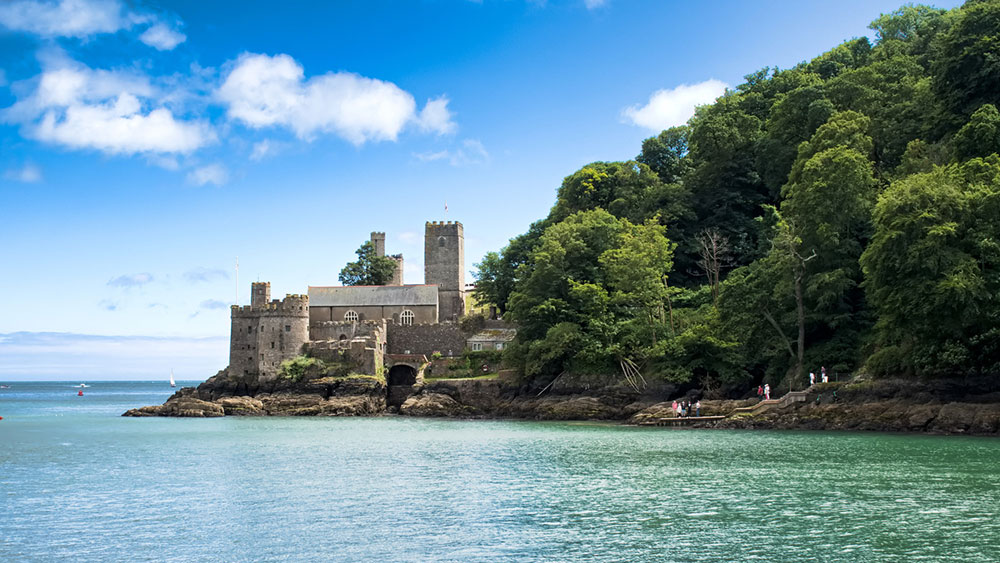
Set off from the National Trust Car Park and join the South West Coast Path as it weaves its way towards a series of smugglers’ coves, eventually passing the secluded shores of Deadmans Cove before picking up the Castle Road.
Follow the footpath to Dartmouth Castle, a 600-year-old fort that once guarded the entrance to the Dart Estuary. Originally a fortalice armed with catapults and blunderbusses, the castle grew into one of the earliest examples of heavy cannon ramparts in Britain and became the anchor point for the mighty iron sea chain that spanned the harbour to the neighbouring tower on Godmerock, on the Kingswear side of the estuary, which was used to ward away pirates and Spanish marauders.
Headed for Warfleet Cove, you’ll pass the remnants of lime kilns – burnt lime once spread by farmers to help fertilise the soil. This corner of Dartmouth is etched by industry, and was once the site for the largest waterwheel this side of Bristol, used to turn the cogs of a papermill where the Dartmouth banknote was printed. It later became a flour mill, brewery, and then a pottery.
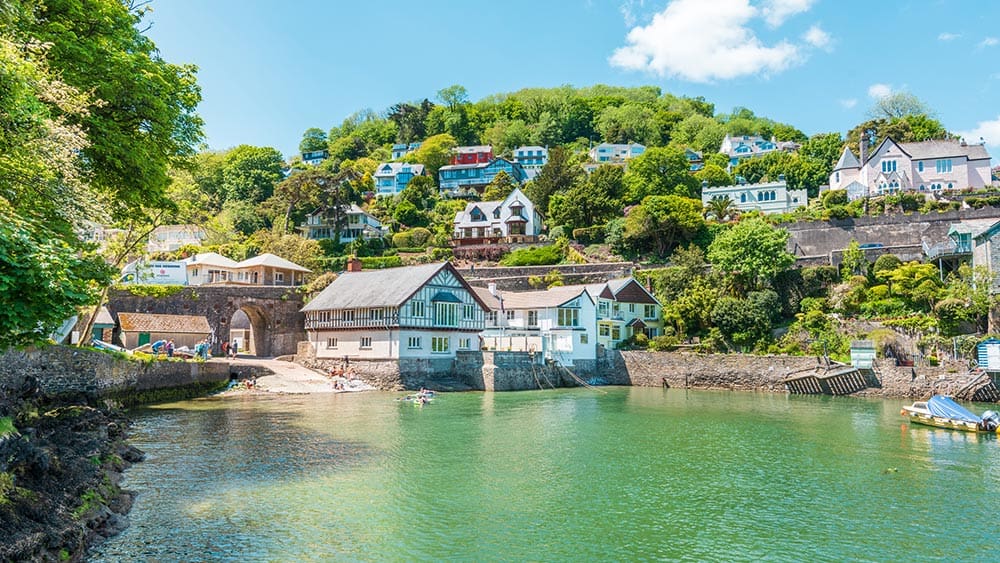
The next ancient landmark you’ll come across is Gallant’s Bower, the final stronghold of Dartmouth’s retreating Royalist troops during the English Civil War and now one of the best-preserved hill forts in the country and a Scheduled and Listed Ancient Monument. Visit during spring and you’ll find a carpet of bluebells. A woodland walk precedes the Castle Road and a lane out of Little Dartmouth takes you back to your starting point.
The Lower Dart Valley: Dartmouth Greenway Circular
Approx 10 miles
Going: Strenuous in places, expect to encounter stiles and steps and some steep undulating sections.
Enjoy a stunning walk below the ancient boughs of the wooded valley that follows the route of the old Great Western Railway, built in 1864 and reopened in 1973 for the Dartmouth Steam Railway.
Hop aboard the Dartmouth Higher Ferry to pick up the footpath on the Kingswear side of the river, then follow the trail above the water bound for Greenway Ferry and Maypool. You’ll walk beneath the dappled shade of Long Wood, following the contours of the valley until you arrive at Greenway House and Gardens, the former family home of Agatha Christie.

The Dittisham Greenway Ferry offers you safe passage back across the river where you can debark for the Lower Dittisham Lane and the Dart Valley Trail. Heading south, away from the village – famous for its brand of Ploughman Plum trees – you’ll arrive at Fire Beacon Hill to savour some lovely views of the rolling countryside before choosing a route back into Dartmouth, as the path wishbones either down towards the river or inland.
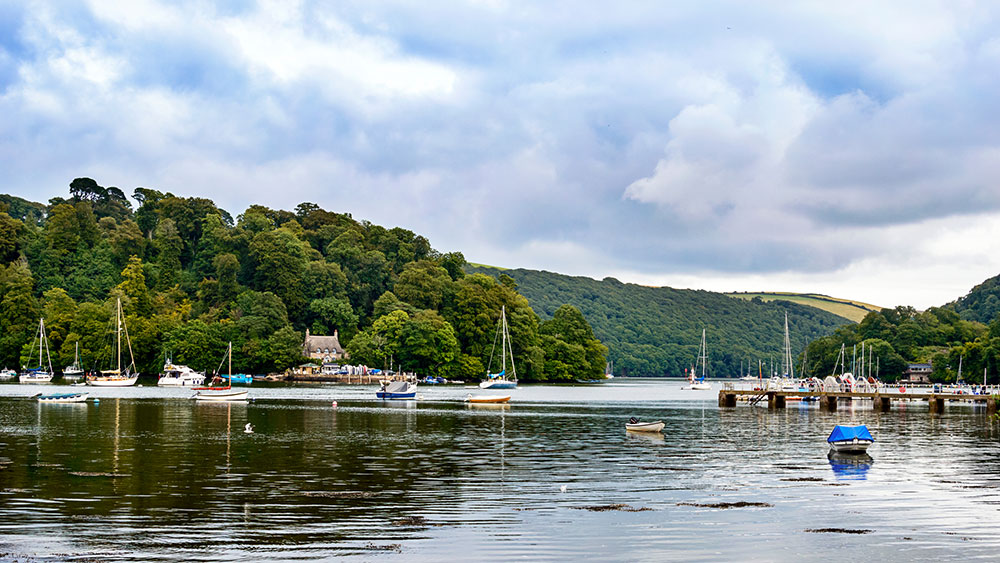
Stop off halfway at the plum painted Ferry Boat Inn situated on the waterside in Dittisham, or treat yourselves to a bite to eat at one of Dartmouth’s many pubs and tea rooms when you finish.
Blackpool Sands, Strete & Stoke Flemming
Approx 4.5 miles
Going: a few steps and stiles to negotiate and some steep sections, but generally considered a moderate walk along coastal paths, green and country lanes encountering even terrain.
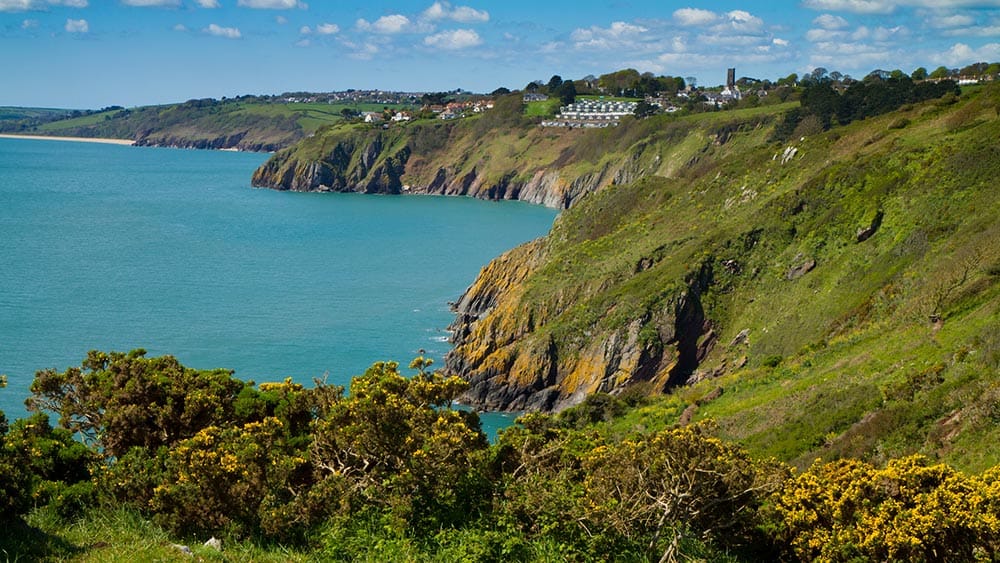
Begin your walk at the picturesque village of Stoke Flemming, once known for its smuggling or “free trading” as the more upstanding village folk of the 18th century preferred to call it. Flickering lanterns and creaking trap doors in the dead of night were common here, with the cellars of the Green Dragon pub a regular stash for smugglers’ contraband.
Follow the Old Road out of the village to pick up the coast path past the golden sands of Blackpool, where metal detectorists often sweep in search for coins split from treasure chests of the late Middle Ages.
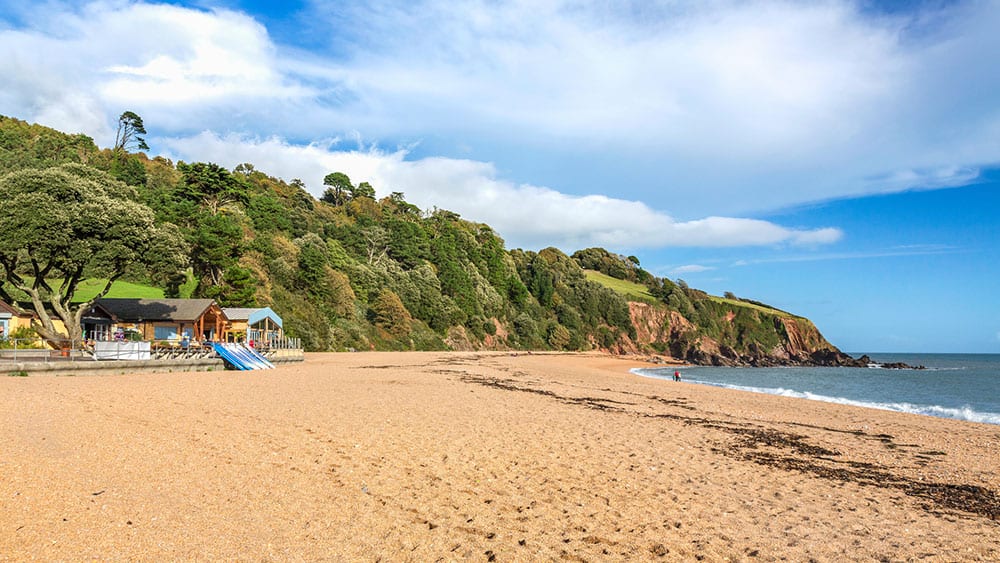
Posts will guide you along the headland trail, crossing clifftop fields to the village of Strete. This centuries-old community famously turned into a ghost village during the Allies’ preparation for the WWII Normandy landings, codename “Exercise Tiger”. A public bridleway sets you on the path for Widewell Lane, crossing Blackpool Bridge before picking up a green lane and a winding holloway bound for Stoke Flemming.
Dartmouth Town to Sugary Cove
Approx 2 miles there and back
A leisurely stroll not far out of Dartmouth to Sugary Cove at the mouth of the River Dart, a secluded shingle bay below a wooded hillside.
Follow the narrow Elizabethan streets past Bayard’s Cove Fort to pick up the Castle Road, enjoying the views of the harbour past Warfleet Creek before arriving at Dartmouth Castle, which has stood sentinel over the entrance to the Dart Estuary for more than 600 years. It’s easy to see why it’s considered one of the most beautifully set sea fortresses in England by its custodians, English Heritage. A wooded trail leads you down to the turquoise waters of Sugary Cove. The beach is exposed by the ebbing tide and dogs are welcome all year round. Although accessed via steep, rocky steps, it is overlooked by the Sugary Green picnic tables where you can unpack your sandwiches if you don’t fancy the ramble down to the shore.
Search our collection of self-catering cottages in Dartmouth.
